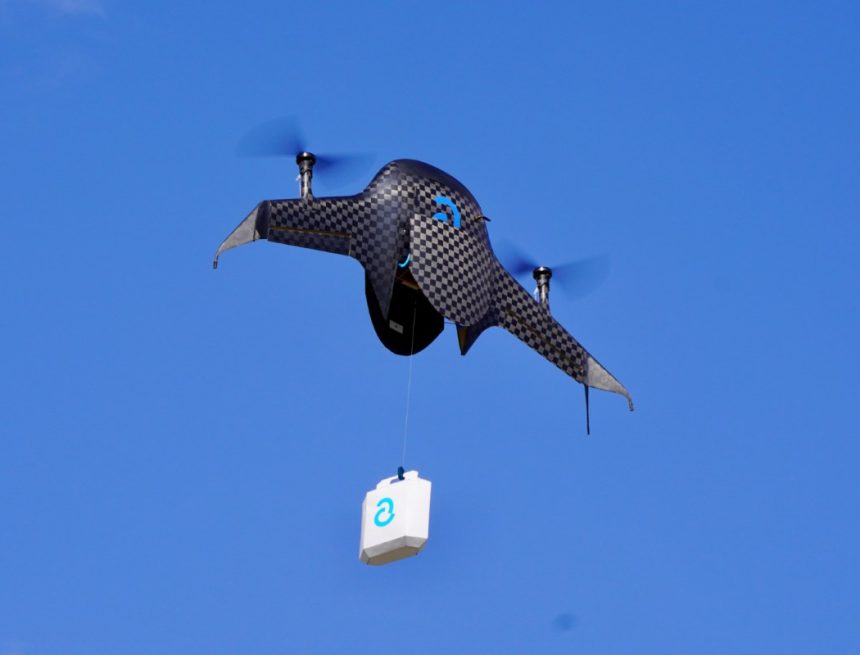About an hour after sunrise over the Mojave Desert of Southern California, NASA’s newest experimental supersonic jet took to the skies for the first time on Tuesday. The X-59 Quesst (Quiet SuperSonic Technology) is designed to decrease the noise of a sonic boom when an aircraft breaks the sound barrier, paving the way for future commercial jets to fly at supersonic speeds over land.
The jet, built by Lockheed Martin’s Skunk Works, took off from US Air Force Plant 42 in Palmdale, California. Flown by Nils Larson, NASA’s lead test pilot for the X-59, the inaugural flight validated the jet’s airworthiness and safety before landing about an hour after takeoff near NASA’s Armstrong Flight Research Center in Edwards, California.
“X-59 is a symbol of American ingenuity,” acting NASA Administrator Sean Duffy said in a statement. “It’s part of our DNA—the desire to go farther, faster, and even quieter than anyone has ever gone before.”
Commercial planes are prohibited from flying at supersonic speeds over land in the US due to the disruption that breaking the sound barrier causes on the ground, releasing a loud sonic boom that can rattle windows and trigger alarms. The Concorde, which was the only successful commercial supersonic jet, was limited to flying at supersonic speeds only over the oceans.
When a plane approaches the speed of sound, pressure waves build up on the surface of the aircraft. These areas of high pressure coalesce into large shock waves when the plane goes supersonic, producing the double thunderclap of a sonic boom.
Credit:
Lockheed Martin/Gary Tice
The X-59 is capable of reaching supersonic speeds, without the supersonic boom.
Credit:
Lockheed Martin/Gary Tice
The X-59 will generate a lower “sonic thump” thanks to its unique design. It was given a long, slender nose that accounts for about a third of the total length and breaks up pressure waves that would otherwise merge on other parts of the airplane. The engine was mounted on top of the X-59’s fuselage, rather than underneath as on a fighter jet, to keep a smooth underside that limits shock waves and also to direct sound waves up into the sky rather than down toward the ground. NASA aims to provide key data to aircraft manufacturers so they can build less noisy supersonic planes.


